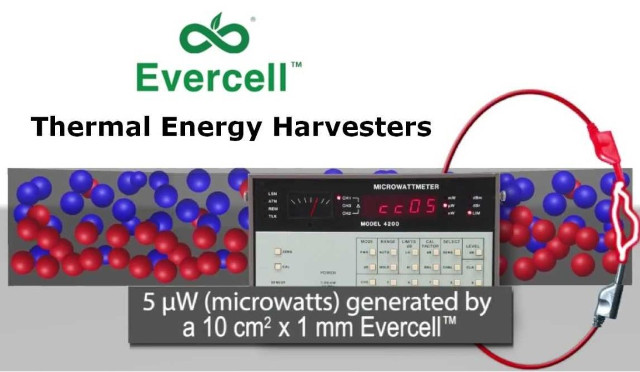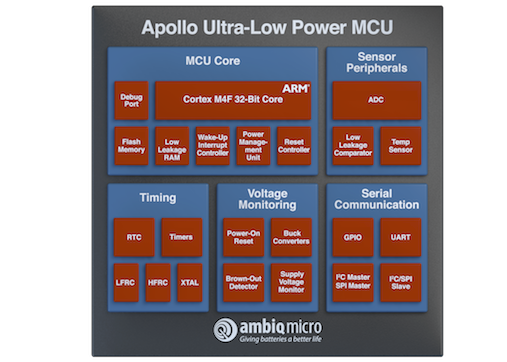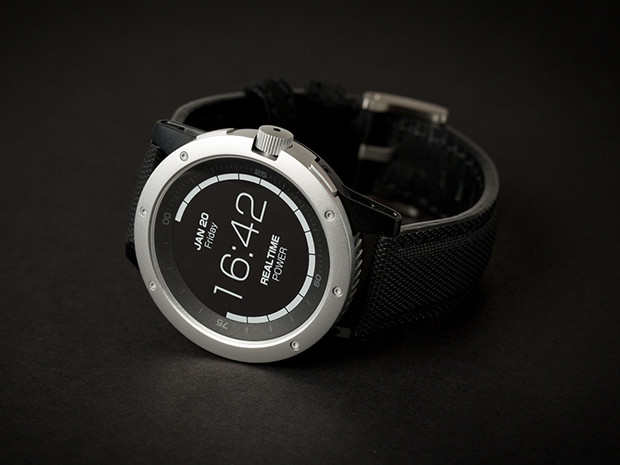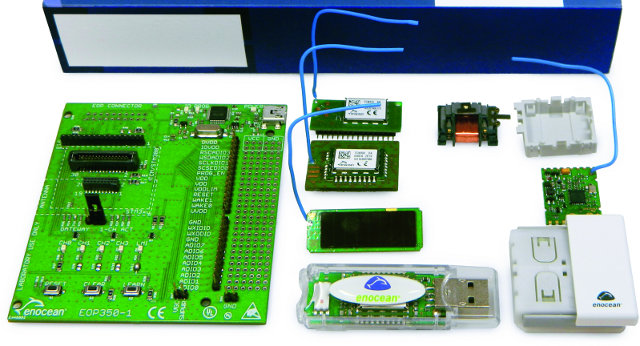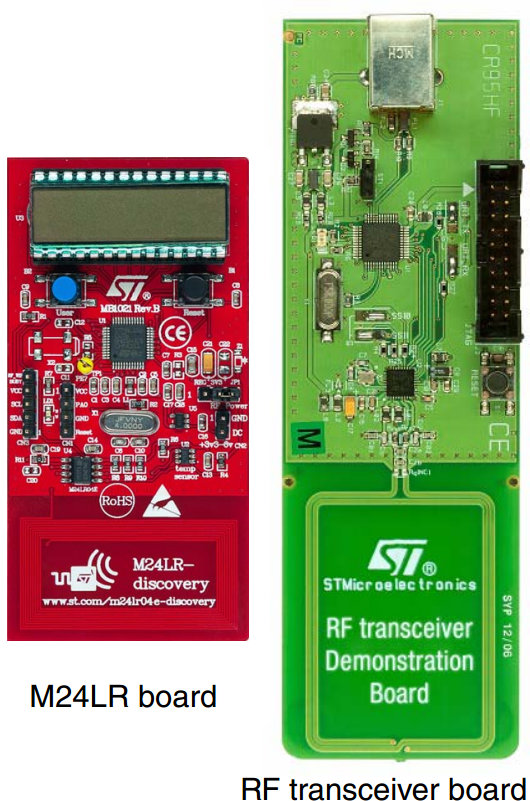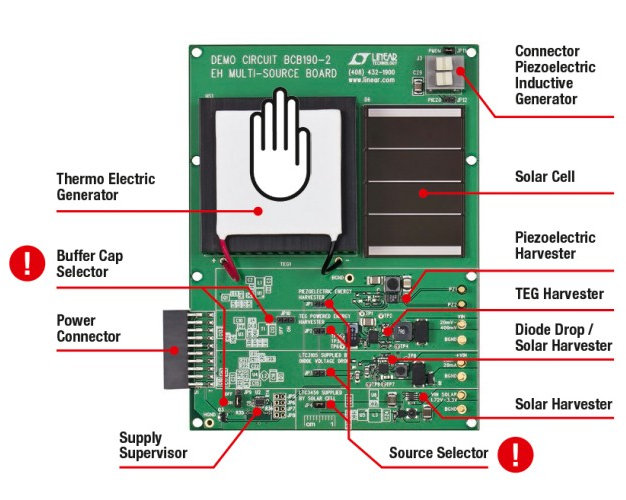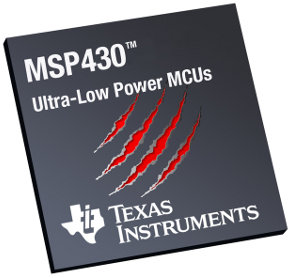In order to be successful the Internet of Things needs to be extremely inexpensive per node, and the problem is that most remote sensors are non powered by batteries, which either needs to be replaced or recharged, which involve maintenance costs. One ideal solution is battery-less IoT sensor nodes, that do not need any battery, and instead rely on energy harvesting. The idea is easier said that done, especially if you intend to do it cheaply. While there have been solutions provided over the years for example using vibration energy harvesting or water flow, battery-less devices are still not that common, but companies still bring new energy harvesting devices to market. One of those is Face International’s Evercell thermal energy harvester that leverages the temperature difference within a material to generate electricity, as long as ambient temperature is above absolute zero. The company plans to manufacture various models of their […]
Ambiq Micro Introduces Ultra-Low Power Apollo 2 Cortex-M4F MCU Consuming Less than 10 μA/MHz
Last year Ambiq Micro unveiled their Apollo Cortex-M4F MCU with Cortex M0+ energy efficiency thanks to operation in sub-threshold voltage (< 0.5 V), and the MCU is said found in Matrix Powerwatch, a fitness tracker powered by body heat that you never need to charge. The company has recently announced a new version of the micro-controller with Apollo 2 MCU with better maximum performance thanks to a higher maximum clock speed (48 MHz vs 24 MHz), and higher efficiency (10 μA/MHz vs 30 μA/MHz @ 3.3V). Apollo 2 MCU key features and specifications: Ultra-low supply current <10 μA/MHz executing from flash at 3.3 V <10 μA/MHz executing from RAM at 3.3 V ARM Cortex-M4 Processor up to 48 MHz with FPU, MMU, wake-up interrupt controller with 32 interrupts Ultra-low power memory Up to 1 MB of flash memory for code/data Up to 256 KB of low leakage RAM for code/data […]
Meet Body Heat Powered MATRIX PowerWatch, The Activity Tracker You Never Need to Charge (Crowdfunding)
There are currently several issues with wearables that makes it sub-optimal devices, from displays that can’t be always-on, to unreliable sensors, and in my experience pretty poor reliability, as I’ve managed to go through 4 fitness trackers / smartwatches in a year. Another issue is that contrary to typical watches lasting 10 years with a coin cell battery, most wearables require to be charge every few days, weeks, with the very best devices being chargers every few months. MATRIX PowerWatch promises to solve latter, as you will never need to ever charge it since it charges itself by harvesting energy using your body heat. The company promotes it as a smartwatch, but it’s closer to an activity tracker, since you can’t keep the Bluetooth LE connection all the time in order to receive notifications to your smartphone. It’s basically used to show time, track your activity and sleep patterns, and […]
ShiftWear Shoes Integrate a Flexible e-Paper Display, Energy Harvesting Capabilities (Crowdfunding)
ARM CTO, Mike Muller, showcase imprinted electronics, that is an integrated circuit printed on a plastic film, at ARM TechCon 2015, and several products are featured flexible displays, so in future flexible electronics could bring innovation applications from truly wearables electronics to traceable bank notes, and so on. A company has launched an Indiegogo campaign for a new product, that’s both cool and relatively useless, with ShiftWear sneakers that integrate a flexbile e-Paper display, a battery that recharges by harvesting energy from your steps, and some connectivity (likely Bluetooth LE) to update the display from your iOS, Android or Windows device. Three models are available: L1, M1 and H1 referring to low height, medium height and high height of the part around the ankle (heel tab?). But all three have basically the same features: Always-on HD color e-paper flexible display Up to 30 days of battery life Waterproof up to […]
EnOcean EDK 350 Developer Kit For Energy Harvesting Wireless Solutions
EnOcean unveiled the EDK 350 developer kit which includes energy harvesting and wireless (RF) modules, and demonstrated the platform at Electronica 2012 on Future Electronics and Farnell booth. The new kit can help OEMs design batteryless applications quickly in a cost-effective manner for building and industry automation, smart homes and machine-to-machine systems. EnOcean EDK 350 Developer Kit includes the following modules: A universal programmer board (EOP 350) TCM 320 (transceiver module) STM 300 (universal wireless sensor module) ECO 200 (mechanical energy converter) PTM 330 (transmitter module for ECO 200) PTM 210/PTM 215 (energy harvesting switch module, PTM 215 includes data encryption function) STM 330 (energy harvesting temperature sensor module) USB 300 (USB wireless gateway) Wireless modules are normally available at frequencies of 315 MHz (for North America and countries following FCC specs) and 868 Mhz (for Europe and countries following R&TTE specs). The EDK 350 developer kit can be extended with […]
$17.50 STMicroelectronics M24LR Discovery Kit For NFC/RFID Batteryless Applications
STMicroelectronics has announced the M24LR Discovery Kit, a low cost development platform for NFC or RFID applications with energy-harvesting capabilities. This devkit is aimed at accelerating the design and development of batterlyless applications such as phone and tablet accessories, computer peripherals, electronic shelf labels, home appliances, industrial automation, sensing and monitoring systems, and personal healthcare products. The M24LR Discovery Kit consists of two boards: an RF transceiver board with a 13.56MHz multi-protocol RFID/NFC transceiver driven by an STM32 32-bit microcontroller A battery-less board that includes ST’s dual-interface EEPROM memory IC, an ultra-low-power 8-bit microcontroller (STM8L) and a temperature sensor. Here are the key features of the boards: M24LR board M24LR04E-RMN6T/2 Dual Interface EEPROM with I2C and ISO/IEC 15693 RF interfaces, 4 Kbits of EEPROM and password protection in SO8N package STM8L152C6T6 8-bit microcontroller, with 8 Kbytes of Flash memory STTS751-0WB3F, low-voltage digital temperature sensor 20 x 40 mm inductive antenna […]
199 Euros “Energy Harvesting Solution To Go” Kit with Energy Micro Cortex M3 Starter Kit
If you’re interesting in battery less ultra low power applications, Energy Micro, Linear Technology and Würth Elektronik have announced an energy harvesting development platform early last month. The “Energy Harvesting Solution To Go” Kit is composed of an Energy Micro Giant Gecko (Cortex M3) Starter Kit and an energy harvesting board that is capable of getting enough solar, thermal, piezoelectric or electromagnetic energy to power the MCU board. The power connector shown above connects directly to the Giant Gecko Starter Kit board to provide power. Although there are 4 energy harvesters on the board, only one power source can be selected at a time via jumpers. Several power sources can be selected by using diodes. The board The energy harvesting board offers two integrated energy sources: A solar cell (32mm x 50mm) A thermo-generator (40mm x 40mm). And 2 other external energy sources can be added to the board via […]
Texas Instruments Announces Ultra-Low Power MSP430 “Wolverine” MCU Series
Texas Instruments announced a new series of its MSP430 MCUs codenamed “Wolverine” for its aggressive power-saving technology. The company claims this ultra-low-power MSP430 microcontroller platform offers at least 50 percent less power consumption than any other micro-controller in the industry with 360 nA RTC mode and less than 100 µA/MHz active power consumption. Since typical battery powered applications spend as much as 99.9 percent of their time in standby mode, Wolverine MCUs power consumption of 360 nA in standby mode would more than double the battery life. Here are the key power savings techniques and technology using the the Wolverine MCU (MSP430FR58xx): Ultra low leakage (ULL) process technology. TI developed ULL technology that offers a 10x improvement in leakage and optimized mixed signal capabilities. Power reduction are also achieved thanks to an improved 130 nm process technology and more than 30 power-optimized analog and digital components. Unified FRAM (Ferroelectric Random […]


